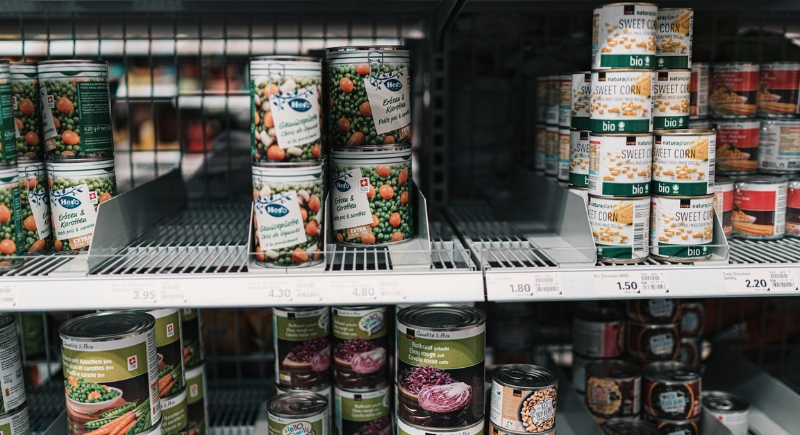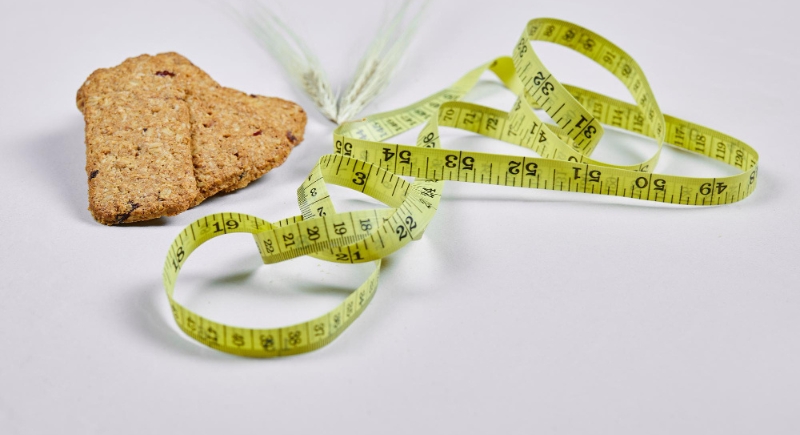Eating Less of This Might Be the Secret to Faster Weight Loss
There’s a type of food that shows up everywhere, from grocery shelves to lunchboxes, stacked in freezers, and passed around at birthday parties. It’s affordable, tasty, and easy to throw in the microwave. It also might be one of the biggest reasons why so many Americans struggle to lose weight.
In 2019, researchers from the National Institute of Diabetes and Digestive and Kidney Diseases at the National Institutes of Health set out to see how the level of food processing alone might influence how much people eat, how hungry they feel, and whether their weight changes—even when diets are matched for calories, fat, sugar, fiber, and protein.
The study was published in Cell Metabolism and aimed to determine if this type of food had a direct impact on appetite and weight. It didn’t involve extreme workouts, supplements, or crash diets. Participants kept their meals balanced, didn’t cut calories, and weren’t told to change their routine. Over a 28-day inpatient trial at the NIH Clinical Center in Bethesda, Maryland, 20 overweight or obese adults lived on-site and followed two diet phases in random order. Every bite they ate was weighed before and after meals to measure intake precisely, and hunger and fullness were rated daily using standardized scales.
The results were surprising.
The Ultra-Processed Problem

Image via Unsplash/Claudio Schwarz
Ultra-processed foods include plenty of everyday items like boxed cereal, frozen pizza, packaged deli meats, sweetened yogurts, energy bars, and shelf-stable sauces. Most are built in labs, with ingredient lists that include emulsifiers, additives, colorings, and names you can’t really pronounce.
In the NIH trial, diets were carefully matched for nutrients, but within the first few days of the ultra-processed phase, participants naturally ate about 500 extra calories per day compared to the minimally processed phase without realizing it. Most of the extra calories came from fats and carbohydrates.
After eight weeks, the difference was clear. In the two-week minimally processed phase, participants lost about 0.9 kg on average. In the ultra-processed phase, they gained roughly the same amount, and these shifts happened within the first week of each diet change. Basically, people who ate fewer ultra-processed foods lost weight. The others gained weight even though they were technically eating the same number of calories.
One of the biggest discoveries was how food affected hunger and appetite.
Hunger ratings stayed consistently higher during the ultra-processed weeks, and fullness ratings were lower. On minimally processed weeks, people reported feeling satisfied sooner and staying full longer, which led to smaller portions even though they could eat as much as they wanted.
The only real change was the level of processing in the food, which makes this one of the most accessible ways to lose weight. Instead of counting numbers or cutting carbs, participants were simply told to eat meals made with whole or minimally processed ingredients, such as cooked vegetables, grilled meats, beans, fruit, and fresh bread, instead of mass-produced items made to sit on a shelf for months.
A Growing Health Concern

Image via FreePik/azerbaijan_stockers
The study didn’t stop at weight changes. Participants also had brain imaging scans. The group eating unprocessed foods showed different activity in regions linked to reward, decision-making, and impulse control. Their brains responded less to tempting food cues. That’s a big deal for anyone who finds it hard to stop at one cookie or turn down another snack an hour after dinner.
It adds to the theory that ultra-processed food rewires how people respond to food entirely. And when the brain thinks it’s hungry, even when the stomach is full, eating more becomes automatic.
Other studies have linked ultra-processed foods to higher risks of diabetes, cancer, heart disease, and depression. Researchers warn that these foods affect long-term health in ways that are still undiscovered, beyond getting heavier.
In the U.S., ultra-processed food makes up about 60% of what the average adult eats. It’s convenient, widely marketed, and usually cheaper than fresh alternatives. That makes cutting back hard, but it doesn’t mean it’s impossible.
The good news is that this doesn’t require a total diet overhaul. Small swaps can make a difference. For example, choose whole-grain toast over flavored waffles. Choose unsweetened yogurt and add fresh fruit. You can also cook a big batch of rice and vegetables instead of grabbing instant noodles.
Even replacing one or two ultra-processed items each day with something less processed could shift hunger cues and help the body recalibrate. Weight loss might be gradual, but other health benefits will likely appear sooner.